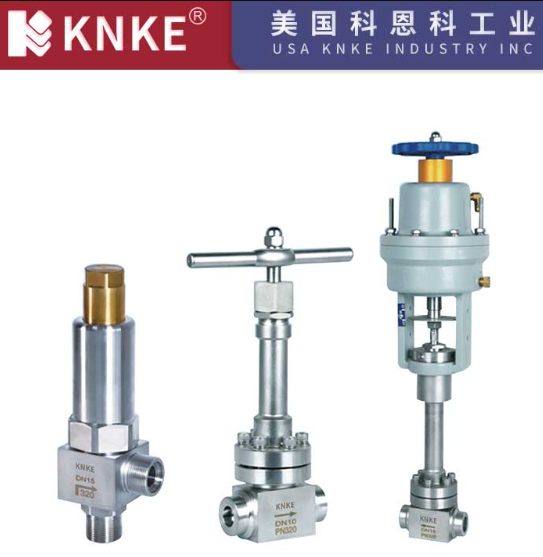Check Valve Installation Guidelines
Check valves are essential components in various pipeline systems, primarily used to prevent backflow of fluids. Proper installation of check valves ensures their optimal performance, extends their lifespan, and minimizes potential safety hazards. This article provides key installation guidelines for check valves, ensuring you can install them correctly and efficiently while maintaining the safety and reliability of the pipeline system.

1. Avoid Applying Weight on the Check Valve
During installation, check valves, especially large-sized ones, should not bear the weight of the pipeline. It is crucial to support larger check valves independently, ensuring that the valve is not subjected to the pressure or weight of the pipe system. This reduces the risk of valve deformation or damage, improves the valve’s performance, and extends its operational lifespan.
2. Ensure Correct Flow Direction
One of the most critical factors in check valve installation is ensuring the correct flow direction. The direction of fluid flow must align with the arrow indicated on the valve body. Most check valves have an arrow on the body that shows the direction of fluid flow. If installed in the wrong direction, the check valve may not function properly, potentially allowing backflow or preventing automatic closure, which could disrupt the entire pipeline system’s functionality.
3. Installation of Lift-Type Vertical Check Valves
Lift-type vertical check valves are commonly used in various industrial applications. When installing a vertical lift check valve, it is essential to position it in a vertical pipeline. These check valves are designed to allow the valve disc to rise and fall vertically, so they must be installed in vertical pipelines to ensure proper operation. Installing the valve incorrectly can lead to malfunction, affecting the overall performance of the pipeline system.
4. Installation of Lift-Type Horizontal Check Valves
Unlike vertical lift check valves, horizontal lift check valves should be installed in horizontal pipelines. These valves are designed to function optimally when installed horizontally, allowing the valve disc to move freely within the pipeline. If installed in the wrong orientation, the valve may not open or close properly, potentially leading to system failures or inefficiencies.
Proper installation of check valves is crucial to the efficiency and safety of a pipeline system. By following these guidelines—avoiding unnecessary weight on the valve, ensuring correct flow direction, and placing the valve in the appropriate position based on its type—you can ensure that your check valve operates effectively, minimizes risks, and improves the longevity of your pipeline system. Proper installation not only enhances performance but also prevents costly repairs and downtime in the future.
